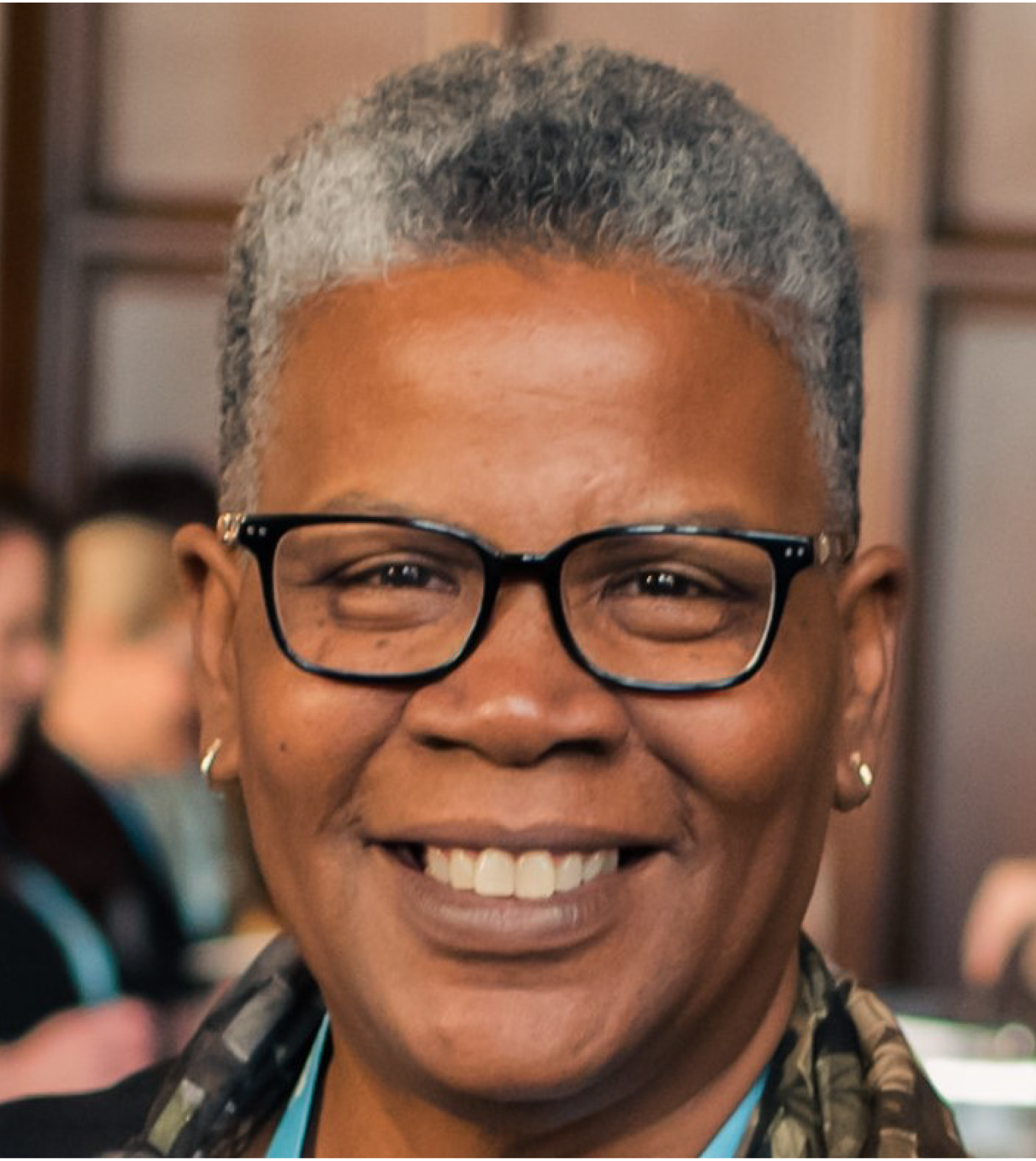
Carolyn K. Ross
President and Chief Executive Officer, All Chicago Making Homelessness History
Capacity Building Network Member
Ms. Ross serves as the President & Chief Executive Officer of All Chicago Making Homelessness History. During her tenure she has brought together public and private sector leaders, nonprofit leaders, service partners and leaders with lived-experience to prioritize collaboration and system-level impact in Chicago. She has worked with key stakeholders on numerous innovative strategies to address homelessness and secured additional resources to support the tremendous work of community partners during the pandemic to secure housing for our most vulnerable residents.
She has years of experience working in the field of human services, focusing specifically on the causes that often lead to homelessness and developing strategies to help build community capacity. Ms. Ross currently serves on the Illinois Community Advisory Council on Homelessness, Racial Equity Roundtable on Black Homelessness, the Illinois Commission to End Hunger, the 211 Metro Chicago Advisory Board, and the Chicago Continuum of Care. She completed Harvard Business School’s Strategic Perspectives in Nonprofit Management program and is a graduate of DePaul University.










